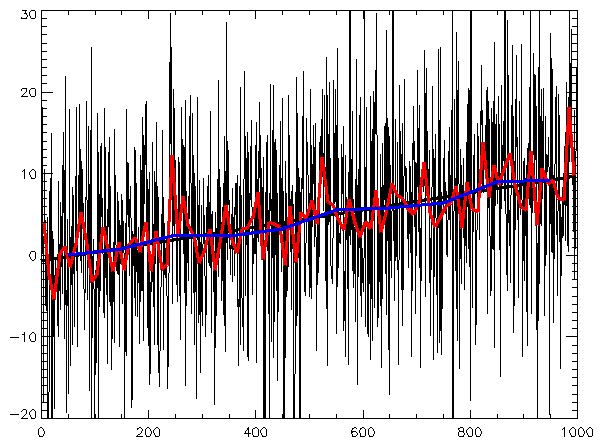Introduction to Bayesian reasoning
- Introduction to Bayesian Reasoning
- Historical Perspective of Bayesian Reasoning
- Understanding Priors
- Implementing Priors
- Advanced Bayesian Inference
- Bayesian Networks
- Bayesian Data Analysis
- Introduction to Bayesian Software
- Handling Complex Bayesian Models
- Bayesian Perspective on Learning
- Case Study: Bayesian Methods in Finance
- Case Study: Bayesian Methods in Healthcare
- Wrap Up & Real World Bayesian Applications
Case Study: Bayesian Methods in Finance
Bayesian Methods in Market Prediction

Set of data indexed in time order.
Financial market prediction is a complex task due to the inherent uncertainty and volatility of markets. However, Bayesian methods provide a robust framework for dealing with this uncertainty and making informed predictions. This article will delve into the application of Bayesian methods in time series analysis, asset pricing, and a case study on stock market prediction using Bayesian methods.
Time Series Analysis
Time series analysis is a statistical technique that deals with time series data, or trend analysis. Time series data is a sequence of numerical data points in successive order. In finance, this could be the closing stock price for each day over a year.
Bayesian methods can be applied to time series analysis to predict future values based on observed data. The Bayesian approach allows us to quantify the uncertainty in our predictions, providing a range of likely outcomes rather than a single point estimate. This is particularly useful in financial markets, where uncertainty is the norm rather than the exception.
Asset Pricing
Asset pricing is a method of determining the appropriate price of an asset, taking into account factors such as risk, inflation, and the expected rate of return. Bayesian methods can be used to incorporate prior beliefs about these factors and update these beliefs as new data becomes available.
For example, a Bayesian approach to asset pricing might start with a prior belief about the expected rate of return on an asset. As new data about the asset's performance becomes available, this belief can be updated using Bayes' theorem. This allows for a more flexible and adaptive approach to asset pricing than traditional methods.
Case Study: Stock Market Prediction Using Bayesian Methods
Let's consider a practical application of Bayesian methods in financial market prediction. Suppose we want to predict the closing price of a particular stock tomorrow. We could use a Bayesian time series model to make this prediction.
First, we would gather historical data on the stock's closing prices. This data would be used to form our prior beliefs about the stock's price dynamics. We might believe, for example, that the stock's price is likely to follow a certain trend or exhibit a certain level of volatility.
Next, we would use Bayes' theorem to update these beliefs as new data becomes available. Each day, as we observe the stock's closing price, we would update our beliefs about the stock's price dynamics. This would allow us to make a prediction about the stock's closing price tomorrow, taking into account both our prior beliefs and the latest data.
In conclusion, Bayesian methods provide a powerful tool for financial market prediction. By allowing us to quantify uncertainty and update our beliefs in light of new data, they offer a flexible and adaptive approach to dealing with the inherent uncertainty and volatility of financial markets.